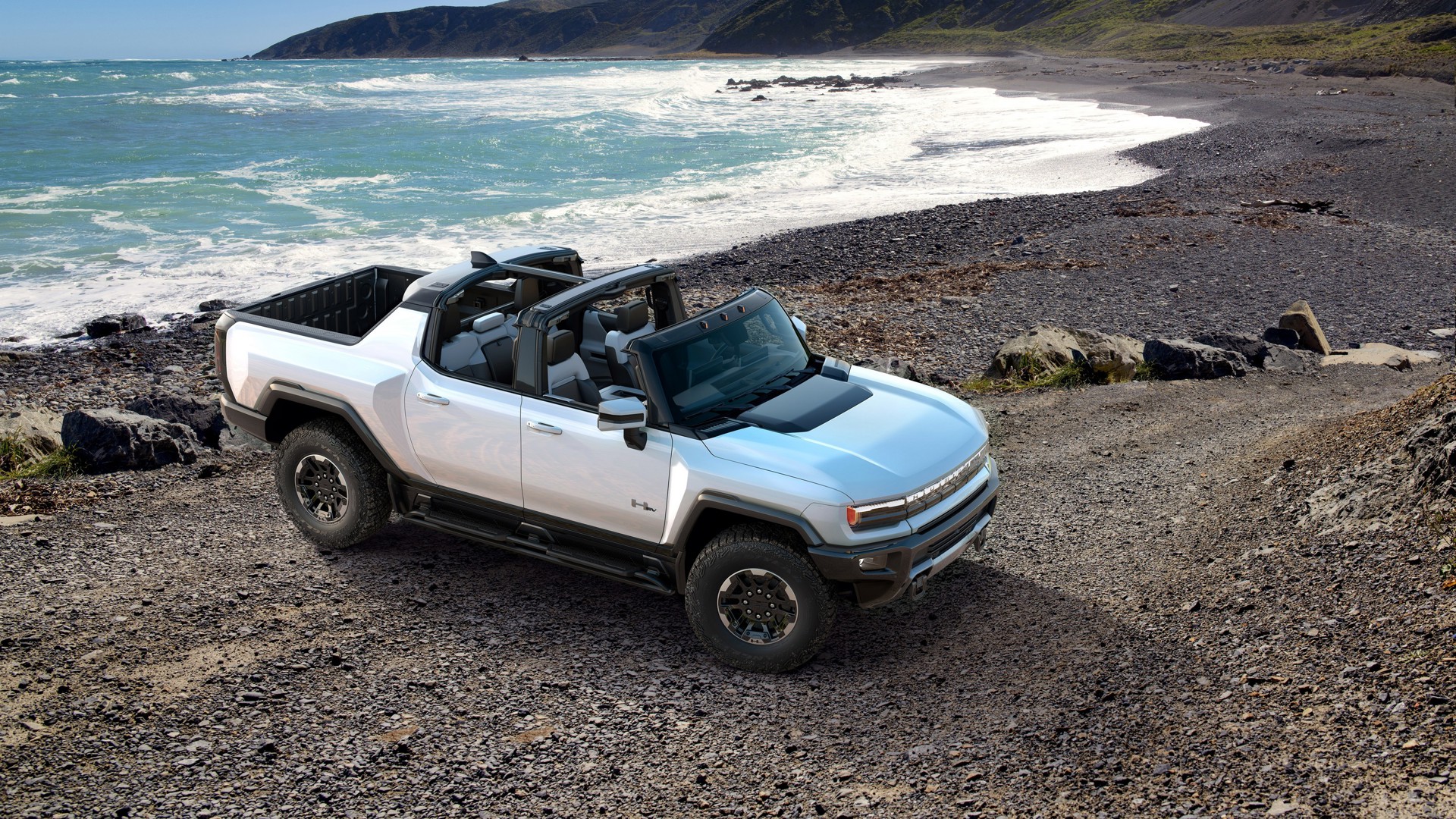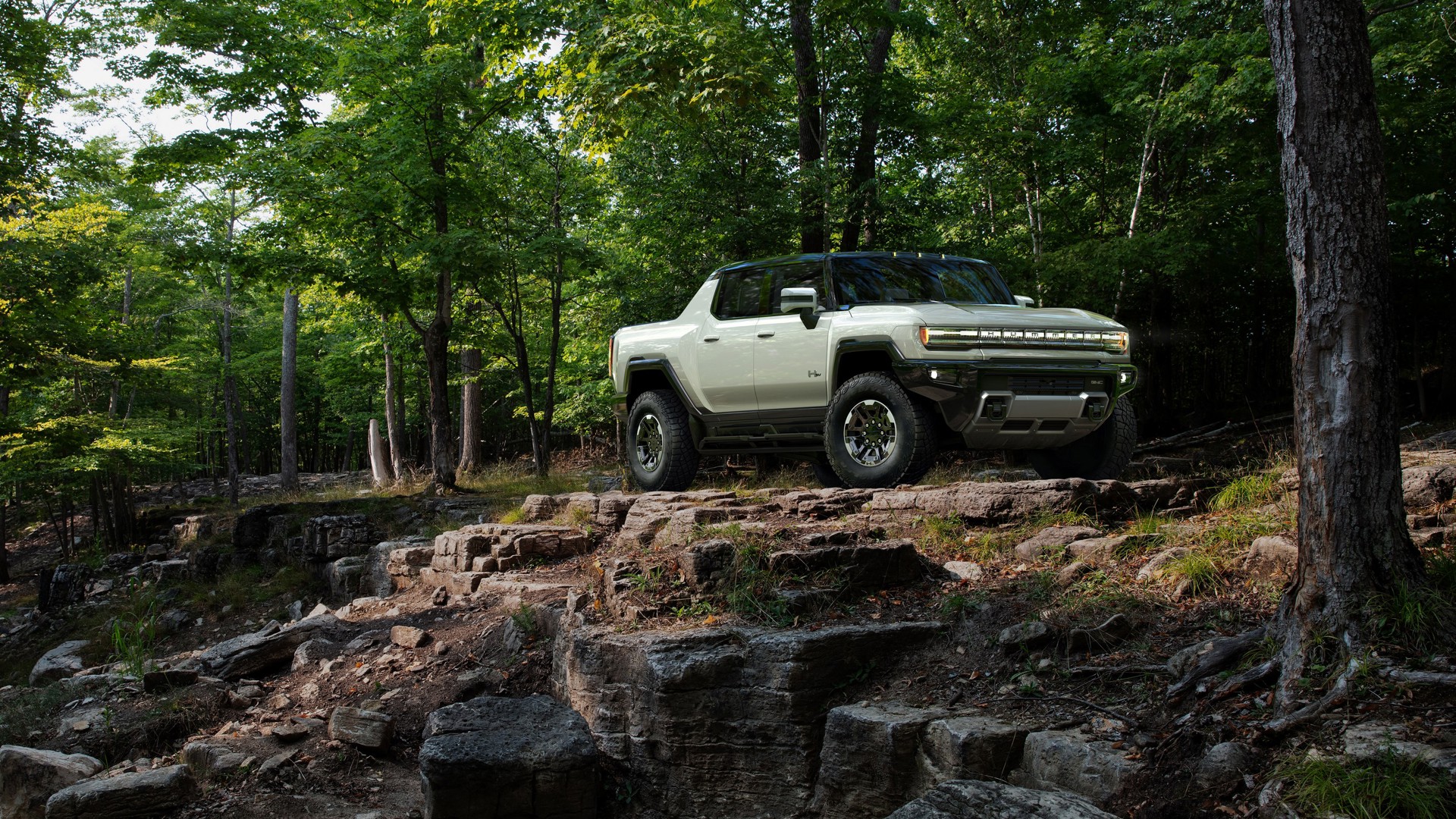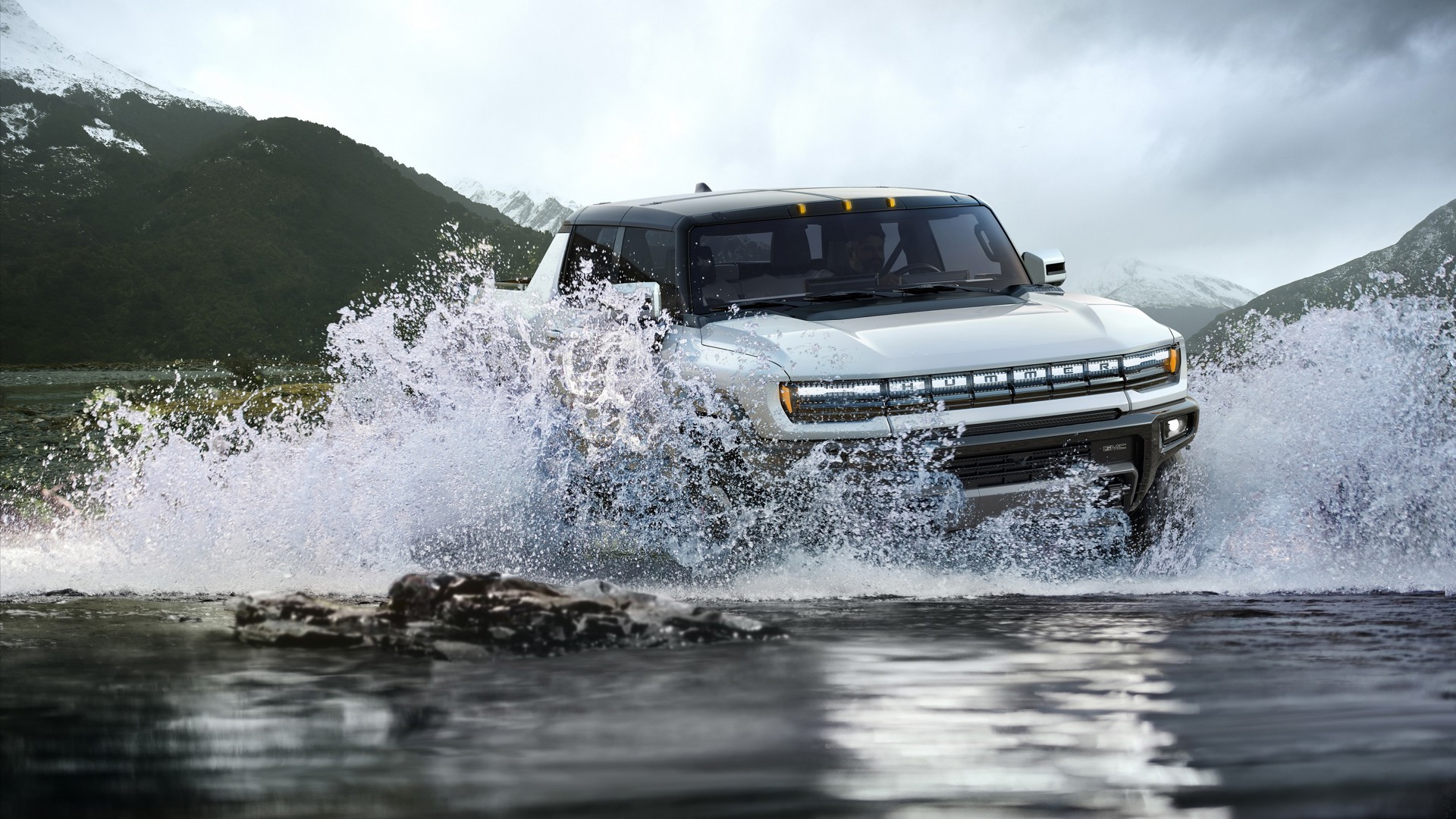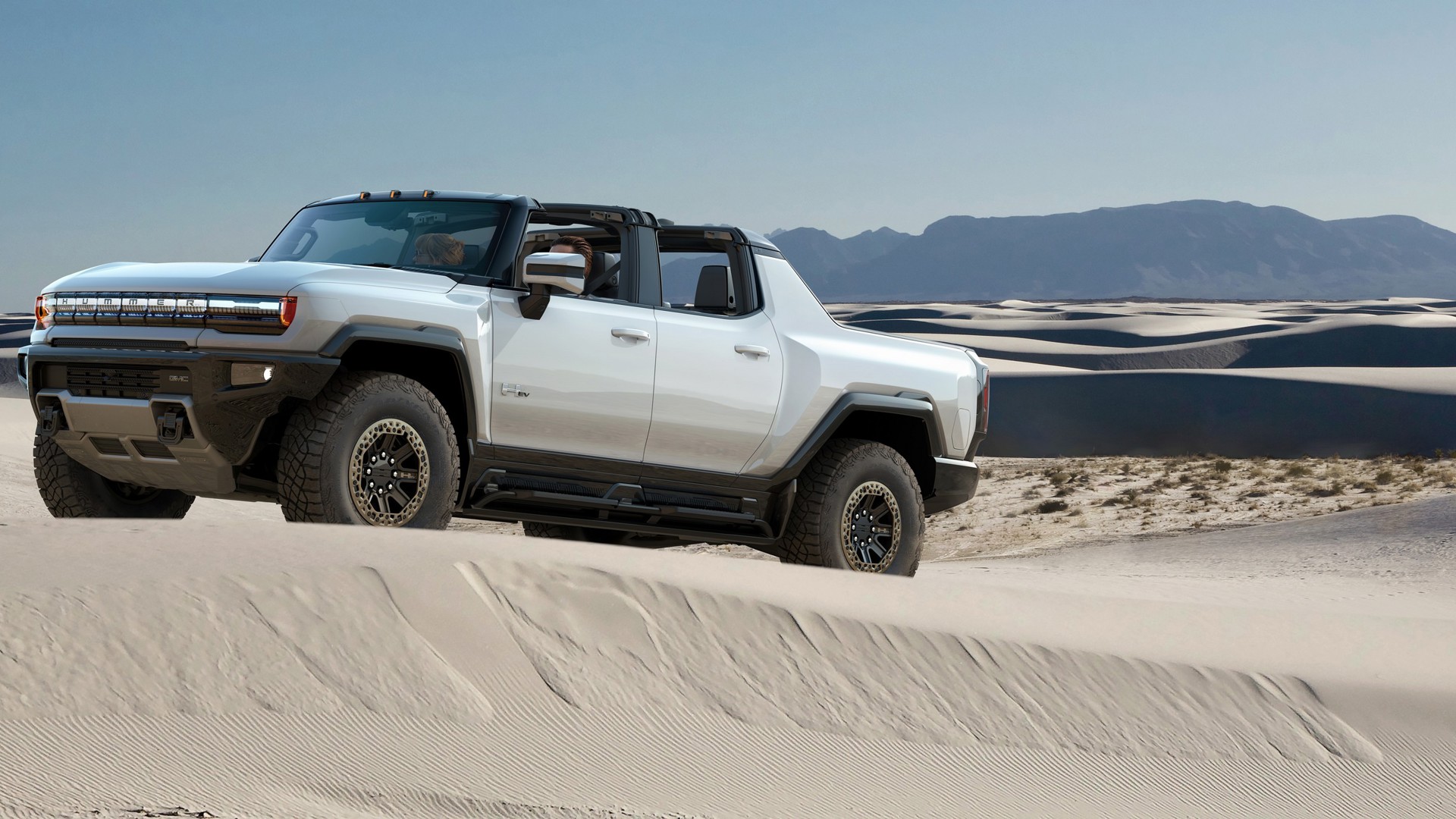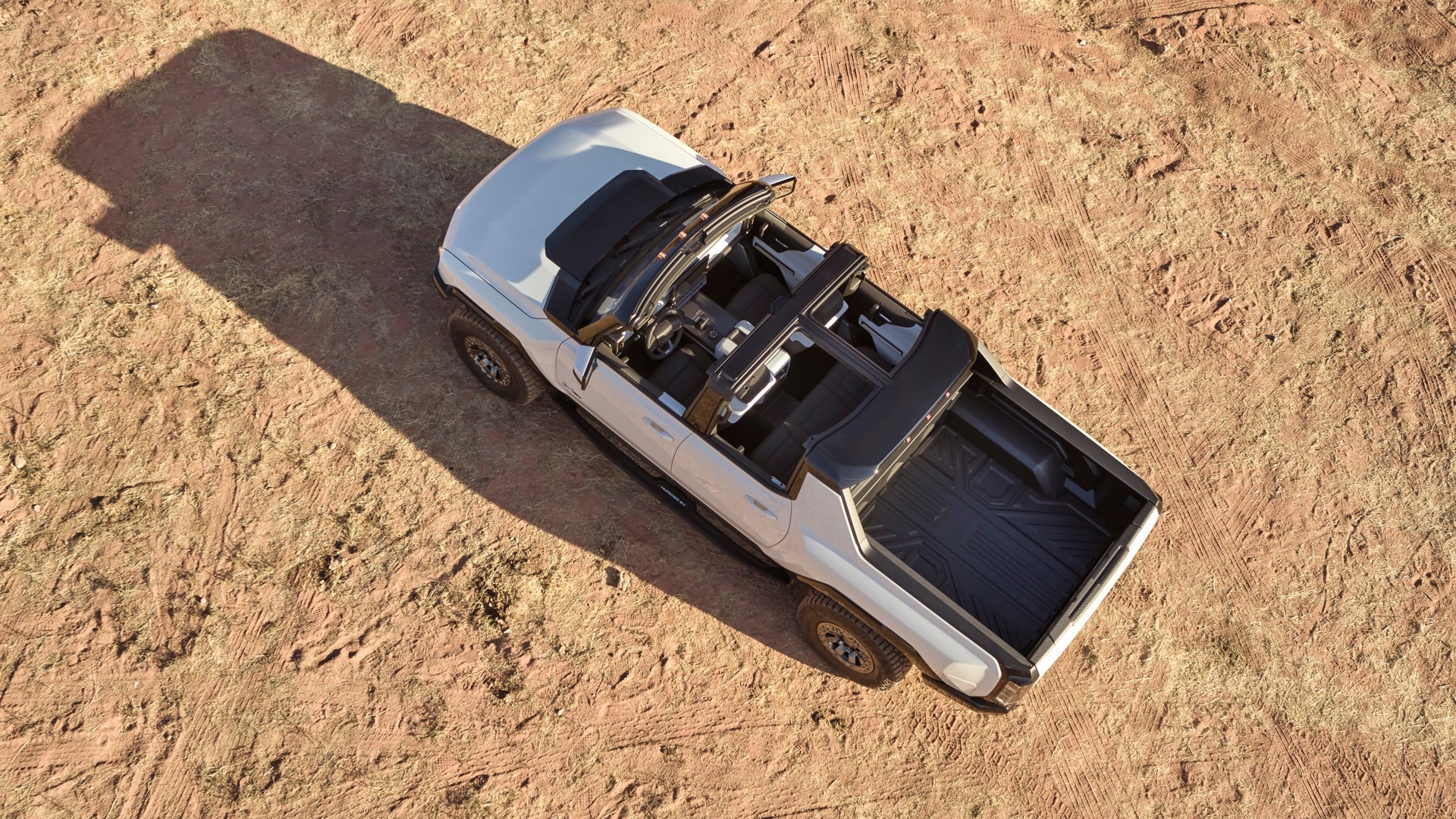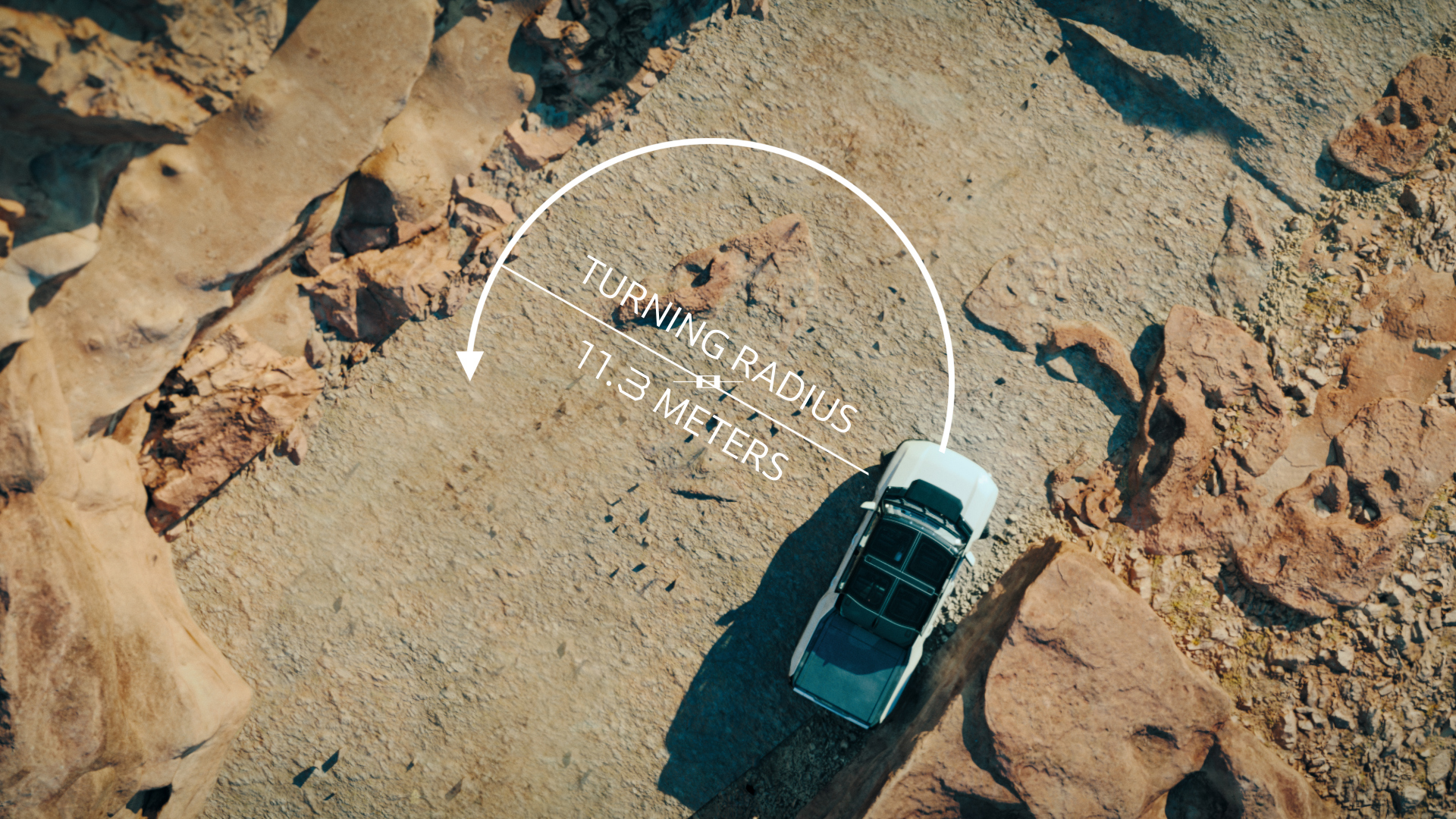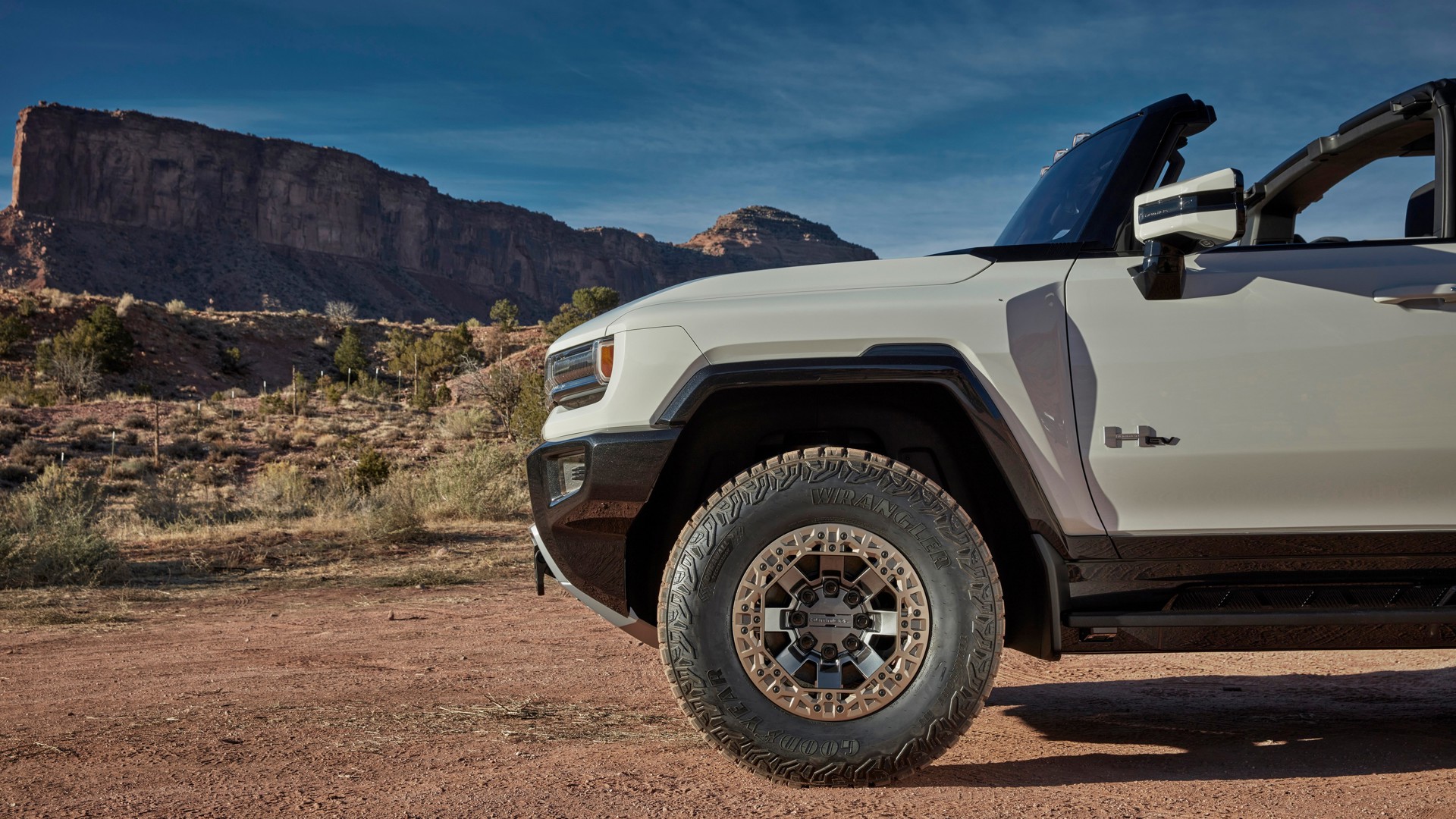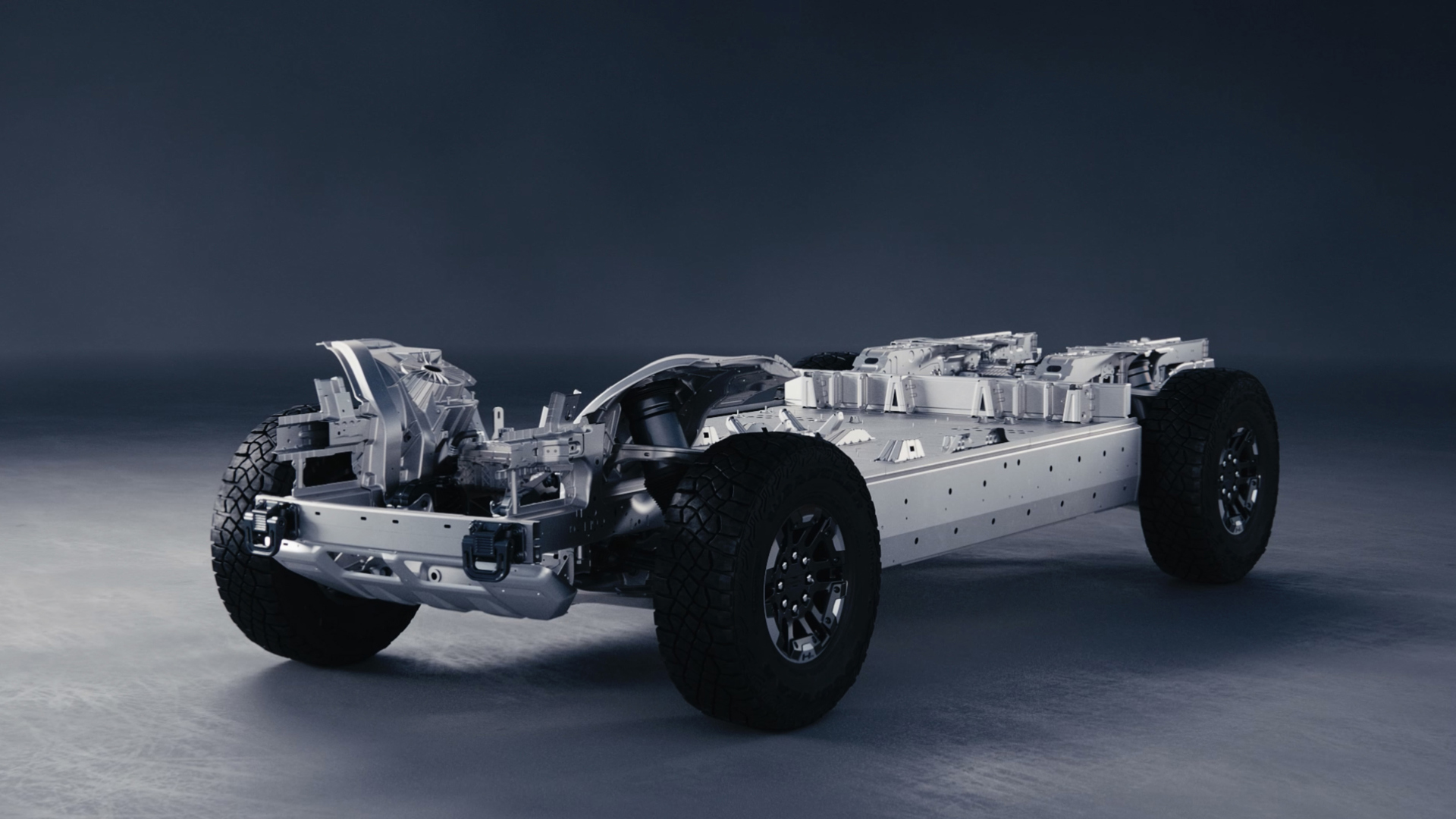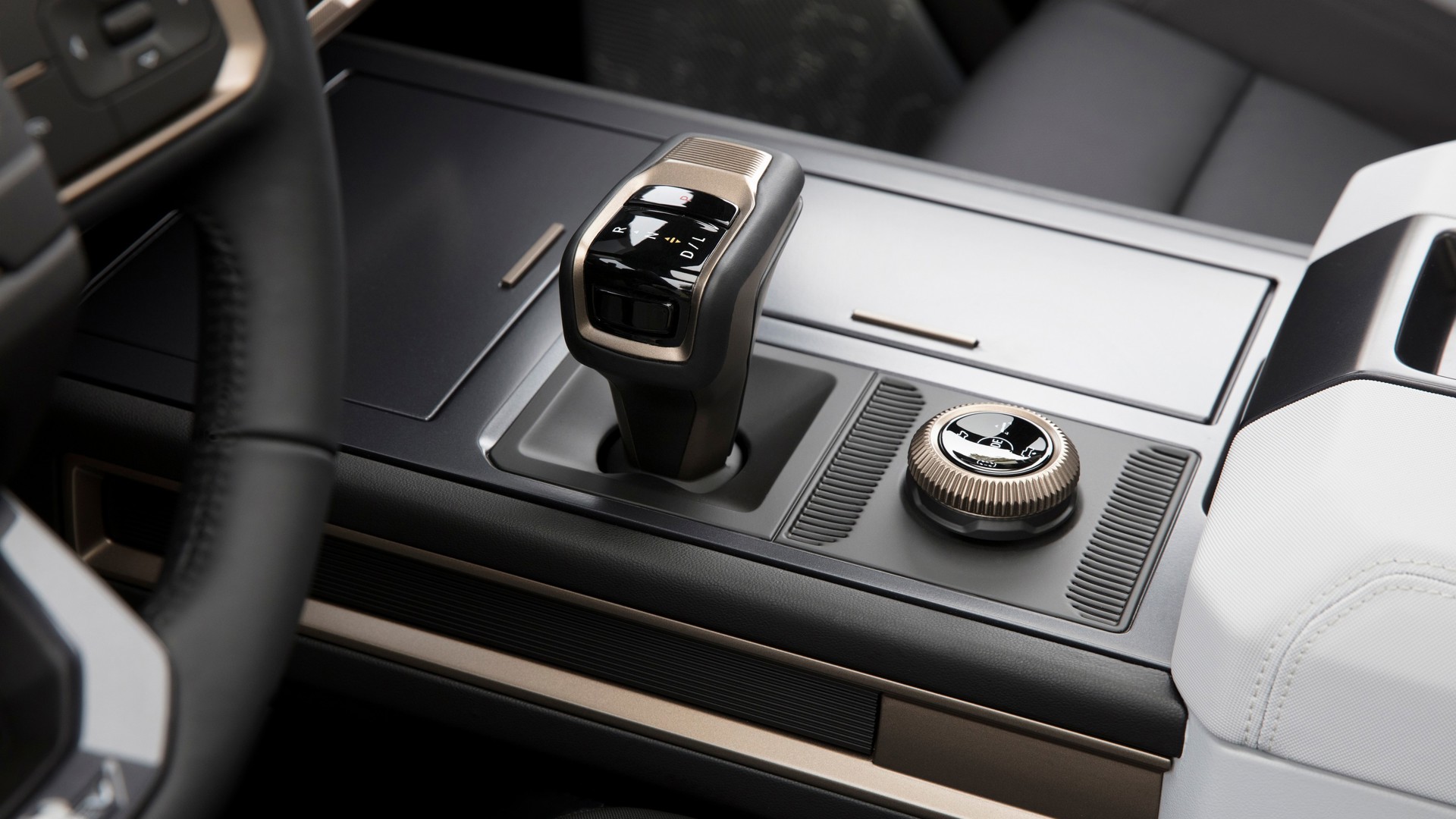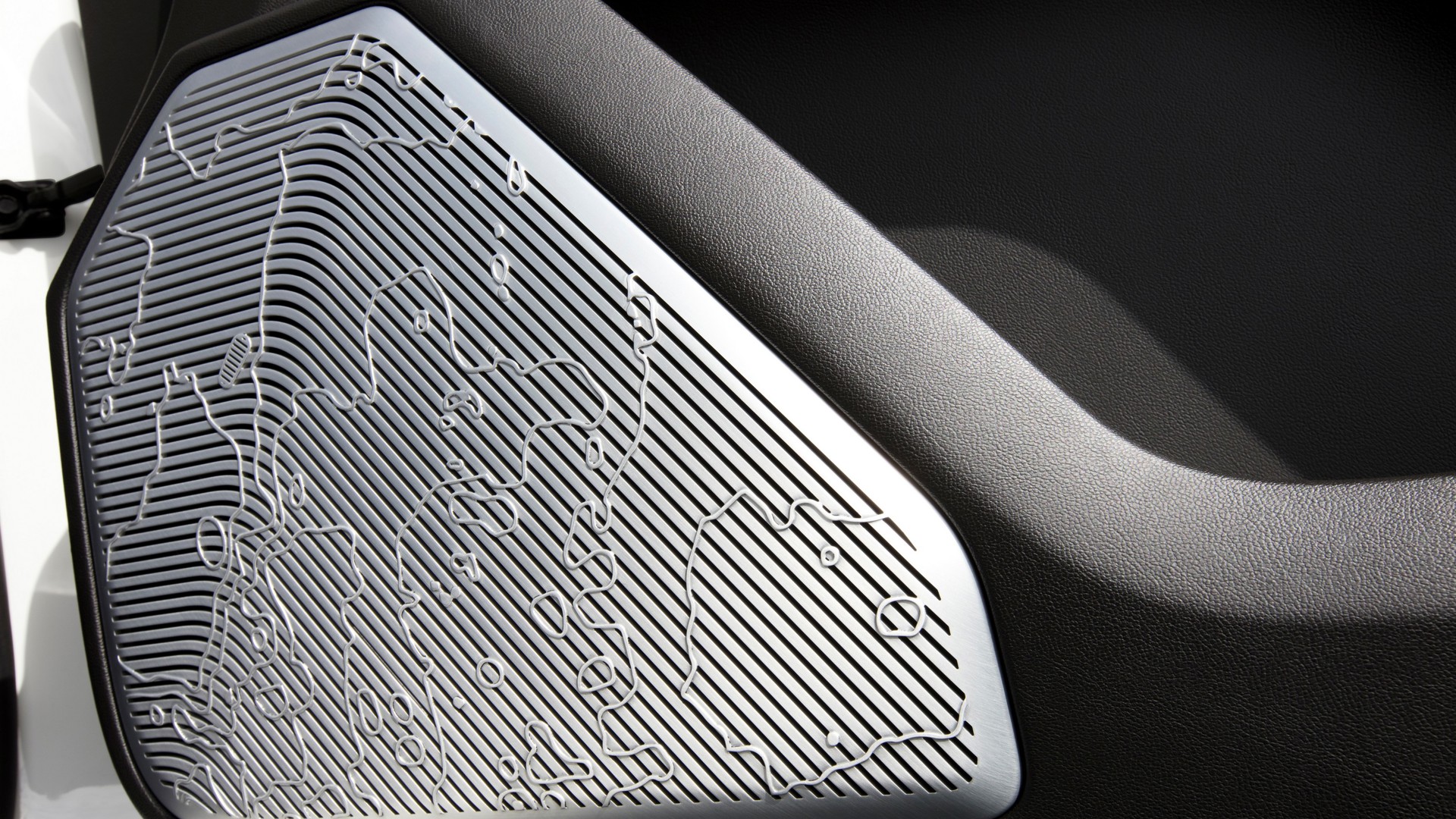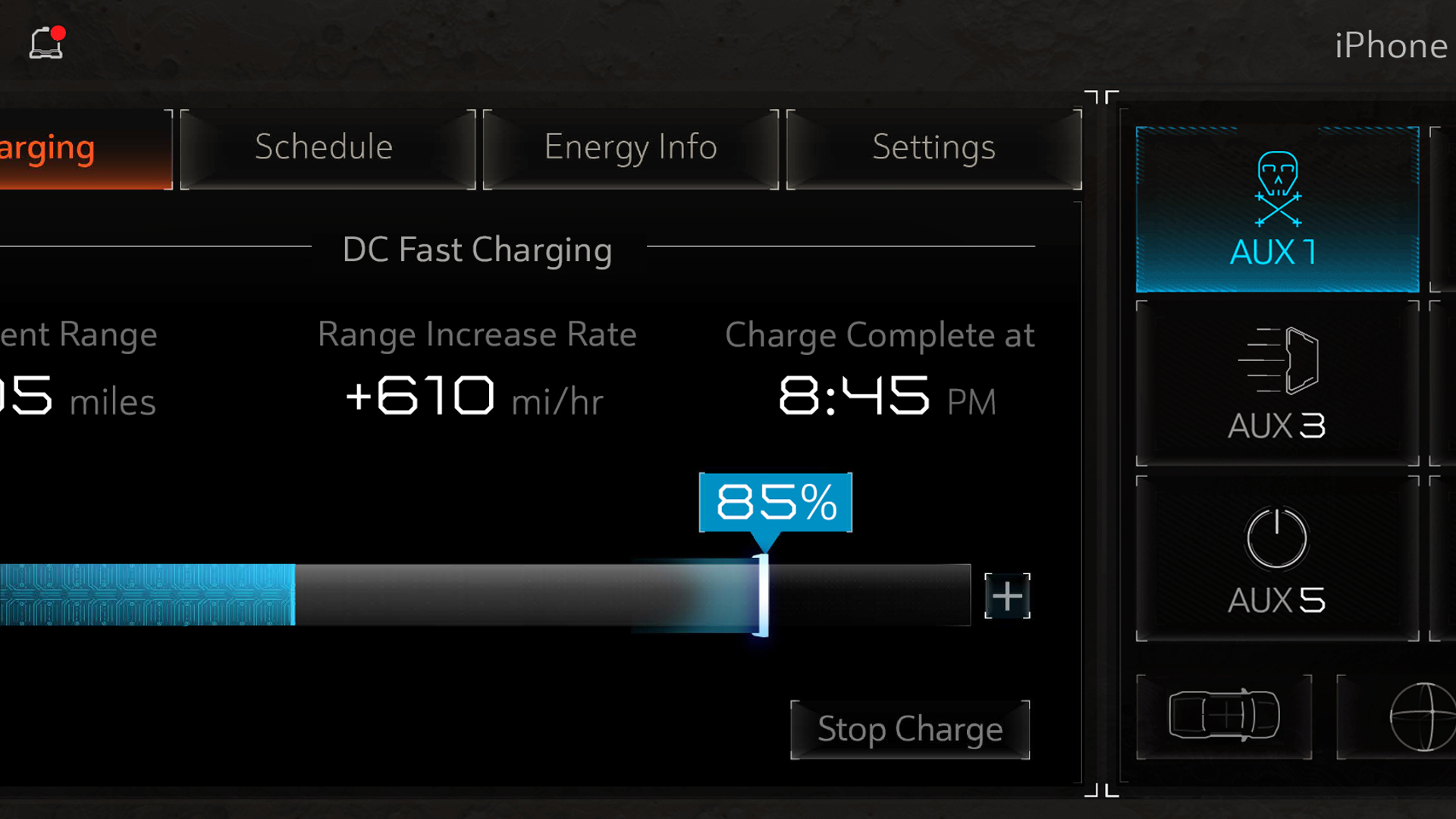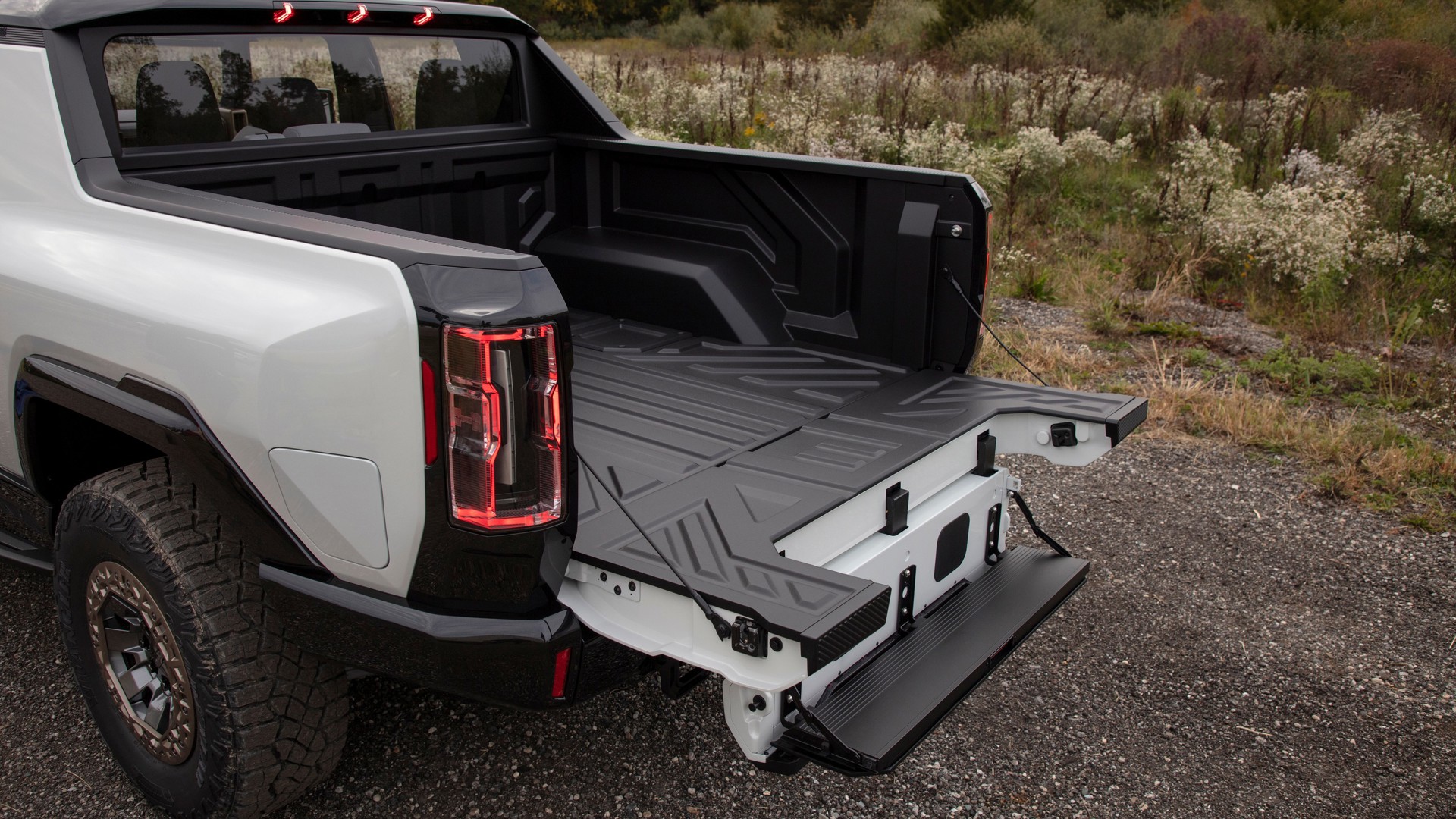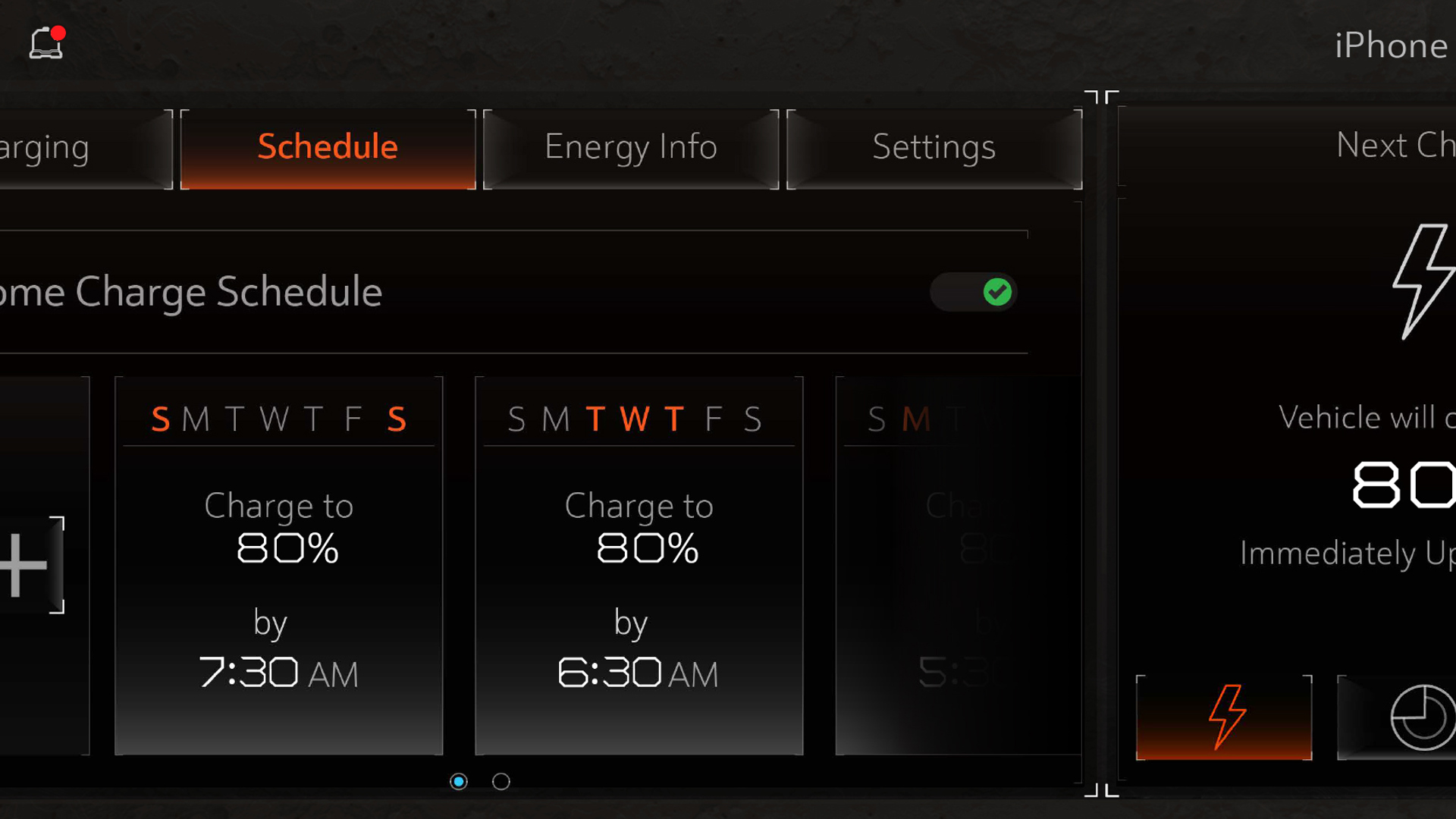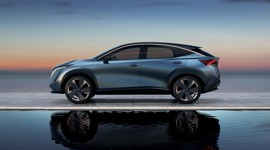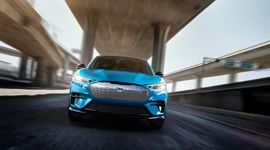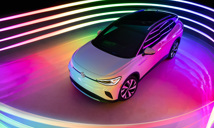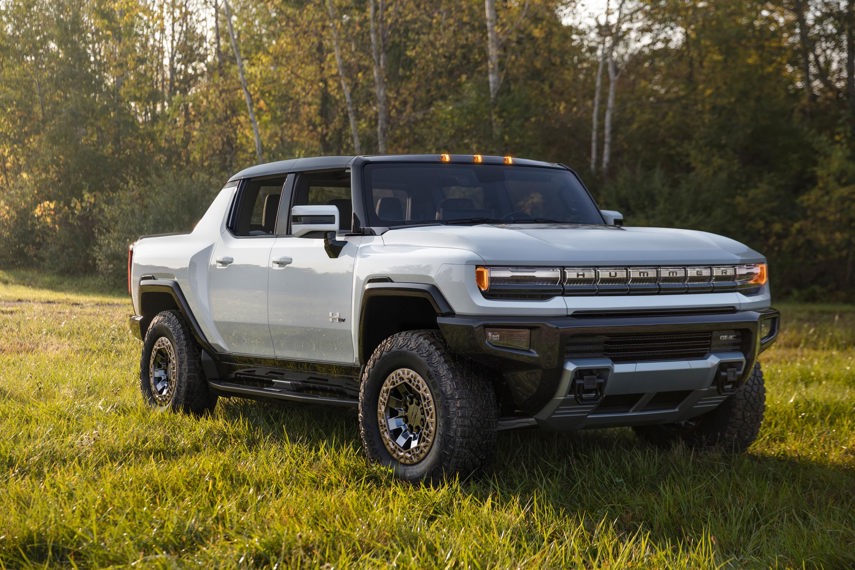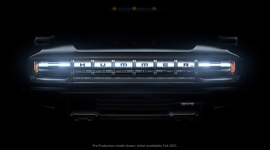Just a day after revealing the Hummer EV, GMC has given us a look at some more details regarding its capabilities, both on and off-road. The brand has also revealed just how big the new Hummer EV is going to be, though there are some key elements that GMC is still holding close to its chest.
Two figures were missing from the reveal that we most wanted to hear: Payload and towing capacity. Without even a hint as to what the targets are, GM's engineers said that, so far, they had only done computer simulations and not real-world haul testing, so they're not saying a word yet. We know it will tow because an asterisk attached to that 1,000 hp figure says that it will require a max trailering package, but we'll have to wait for more information. It will also have many of GMC's trailering features like bulb-check and trailer checklists. That same asterisk suggests that the top charge rating and the ability to get 160 km of range in 10 minutes is also "when properly equipped," so some Hummers could be slower to charge.
While we're diving into the Ultium drive system battery, if you're wondering how a 400V architecture can handle 350 kW charging, it's rather clever. The battery can mechanically couple the two halves in parallel and series modes when charging, and that allows the 400V architecture to charge at the quicker 800V level, essentially charging each pack at 400V independently and doubling the rate.
What else do we know? The four-wheel steering will give the Hummer EV a tighter turning circle than a Chevrolet Spark subcompact. It will be tighter than a Model 3, GMC said, at 11.3 metres with four-wheel steering and 13.5 without it. The four-wheel steering also helps off-road, and while you may never use the off-road capability, GMC has gone all out.
The Hummer's four-wheel-drive system can climb a 60 per cent grade in forward or reverse and has the ability to scale a 46-cm ledge. There's no low-range gearing like you'd expect with a gas vehicle, but the instant EV torque (with max torque from zero to about 70 km/h) should make up much of the slack. There's enough torque that the engineers added an electronic algorithm to lower the amount it outputs if the steering wheel is turned close to full lock because otherwise, the half shafts could end up as two halves of a broken shaft. Extract Mode cranks the suspension up 149 mm if you're really in a jam to get over a rock, and the rear offers a simulated locking differential, while the front has an electronic driver-selectable locking differential. It can send 100 per cent of the front torque to either wheel.
If you're worried about water, the Hummer EV will be able to ford 81 cm of it, about 4 cm more than a Jeep Wrangler's max depth. Skidplates and 40 cm of ground clearance protect the underside and four tow hooks help if you get really stuck.
The Hummer EV also uses regenerative braking to help off-road, allowing for one-pedal driving in Terrain Mode at low speeds. It will let you crawl over obstacles, control your speed over rough terrain, and even help save the battery with just the accelerator. The nav system calculates range including off-road distances, GMC said, and should give drivers an accurate range regardless of the terrain.
As for size, it's much like the original Hummers in that it's not as big as you think it is (or as big as it looks). At 5,507 mm long and 2,201 mm wide, it's 198 mm shorter than a Crew Cab long bed Canyon (and about double that shorter than a crew cab Sierra 1500 short bed) though it is 140 mm wider than the Sierra. The short length combined with the four-wheel steering should make it even more manoeuvrable in town, though the width may still provide a parking lot challenge. Headroom is about the same as a Sierra front and rear, as are shoulder and hip space. So while the cab is wider, based on the spec sheet, the space isn't. Still, this is a large truck inside.
While the Hummer EV will arrive in the U.S. next year, it'll take until the end of 2022 to come to Canada. Lower-spec versions are already announced for that market including an entry-level two-motor model, one with two motors and air ride, extract mode, and four-wheel steer, and one that has three motors with torque vectoring and Watts to Freedom (the Tesla-like full-acceleration WTF feature). They're set to arrive in the U.S. in spring 2024, Spring 2023, and Fall 2022, respectively, but we don't have Canadian dates.
